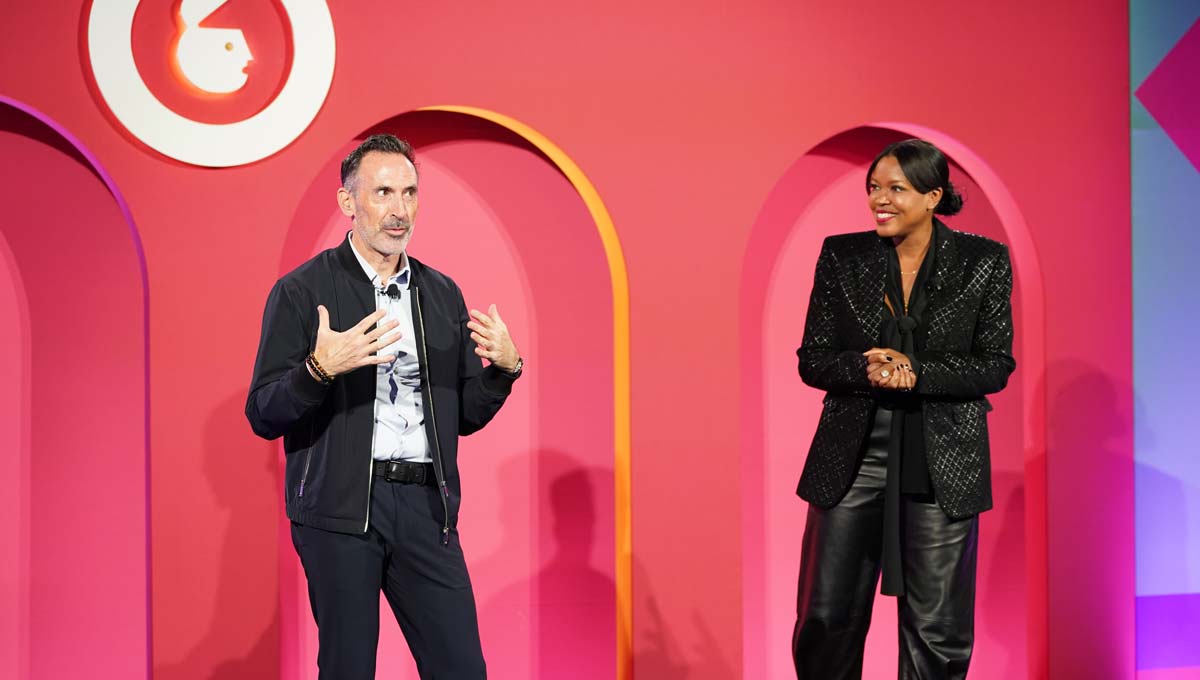Sprint's Chief Digital Officer Rob Roy and Vice President of Digital Marketing Wouter Blok have seen the powerful effect that digital spending can have on sales in other channels. But successful omnichannel marketing means testing and measuring differently.
We like to say that the digital world starts on the smallest screen possible and works its way out. What we've learned recently, though, is just how big an impact those small screens are having beyond the digital sphere.
One-to-one spending is how we all once thought of things: We run ads online, the customer sees them, then the customer buys online. Now we have proof that a more holistic, omnichannel approach is warranted. It turns out that those search ads have a halo effect, driving not only online sales but also in-store sales.
Testing shows impact beyond digital
How did we get this proof? We set up a robust test to isolate the impact paid search has on driving digital and in-store sales.
Accurately attributing a business outcome to a specific marketing campaign can be difficult. To address this, Google developed a tool called CausalImpact, which inspired Sprint’s test design.
Using this approach, Sprint predicted how online and offline sales would look under normal marketing circumstances. This prediction became our control group and accounted for things like consumer behavior, trends, and seasonality. It was especially important to have a strong control since our testing window fell during the fourth quarter holiday season, a volatile timeframe for retailers.
Over the course of eight weeks, we increased paid search investment above and beyond our “normal” budget levels. After the test was complete, we compared the actual amount of online and offline sales to our predicted control. This allowed us to isolate the impact on Sprint’s business that was caused by paid search.
The results were impressive: Compared to our predictions, digital sales experienced a 20% lift, while in-store sales increased 32%. We’d previously believed our search investment was driving online conversions as well as store traffic and sales, but this test helped us actually quantify the extent of that impact.
It’s not about one channel, it’s about all channels
The point of this is not to prove that digital should get credit for anyone who walks into the store, but to get a better handle on how our work in specific channels affects the company as a whole. Are you actually limiting the power of a digital campaign if you build it with the assumption that it will only affect online sales or underestimating the impact it has on in-store sales?
A consumer's journey now spans multiple touchpoints, physical and digital. So our goal—and yours—should be to tailor messaging to each of those touchpoints, while delivering a consistent experience.
“Digital sales experienced a 20% lift, while in-store sales increased 32%.”
In other words, if you see Sprint messaging online, it will be somewhat different from what you might see in more traditional media. But whether you find us online or walk into one of our retail locations, you’ll get the same upgrade offer. We’re not going to give you something better or worse because you chose a different channel. The customer should be surprised and delighted whatever channel they happen to choose.
Embrace experimentation
Today’s environment calls for experimentation, not just optimization. The results of this experiment are shaping how we measure our marketing efforts, leading us to move to omnichannel metrics instead of channel metrics. It’s not an easy transition to make. What’s important to remember is that testing is where it all starts.
“Today’s environment calls for experimentation, not just optimization.”
Experimentation has enabled us to re-evaluate our marketing strategy to understand our key business driver: new subscribers. As a result, we now commit 20% of our budget to digital experimentation.
This allows us not only to provide the assistance our customers expect but also to drive true results for our business. Now is the time to lay the foundation for a measurement approach that allows for a true understanding of the omnichannel halo.








